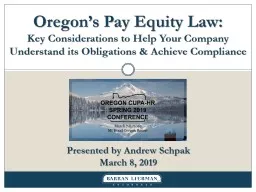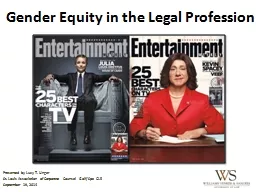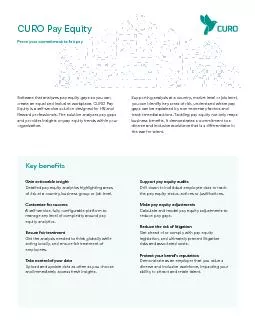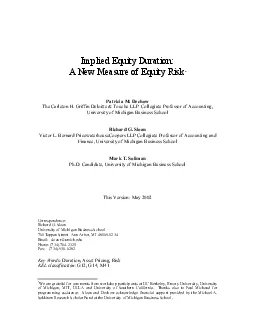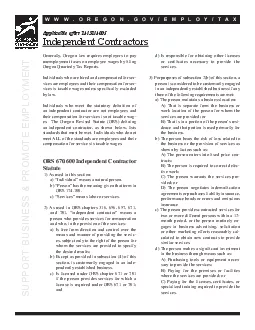PPT-i4cp Oregon’s Pay Equity Law:
Author : clustik | Published Date : 2020-06-19
Key Considerations to Help Your Company Understand its Obligations amp Achieve Compliance Presented by Andrew Schpak March 8 2019 Lay of the land Oregon Equal
Presentation Embed Code
Download Presentation
Download Presentation The PPT/PDF document "i4cp Oregon’s Pay Equity Law:" is the property of its rightful owner. Permission is granted to download and print the materials on this website for personal, non-commercial use only, and to display it on your personal computer provided you do not modify the materials and that you retain all copyright notices contained in the materials. By downloading content from our website, you accept the terms of this agreement.
i4cp Oregon’s Pay Equity Law:: Transcript
Download Rules Of Document
"i4cp Oregon’s Pay Equity Law:"The content belongs to its owner. You may download and print it for personal use, without modification, and keep all copyright notices. By downloading, you agree to these terms.
Related Documents

